Traditional cable or satellite TV subscriptions are no longer the only option for the viewers to access their favorite shows and movies. IPTV has emerged as an innovative and cost-effective solution, revolutionizing the entertainment industry.
IPTV allows the streaming of television content over the internet, providing viewers with an array of channels, on-demand content, and interactive features. Whether you’re an entrepreneur looking to start a new business or a content creator aiming to distribute your media directly to viewers, starting an IPTV business can open up exciting possibilities.
However, creating a successful IPTV business involves more than just having a collection of channels and a platform for streaming. It requires careful planning, understanding of the industry, and a solid technical foundation. From content licensing and acquisition to infrastructure setup and user experience design, each aspect plays a crucial role in delivering a seamless IPTV experience.
This guide will walk you through the essential steps and considerations to start an IPTV business and turn dreams into reality.
Gain an Incredible Streaming Experience! Sign Up Now!
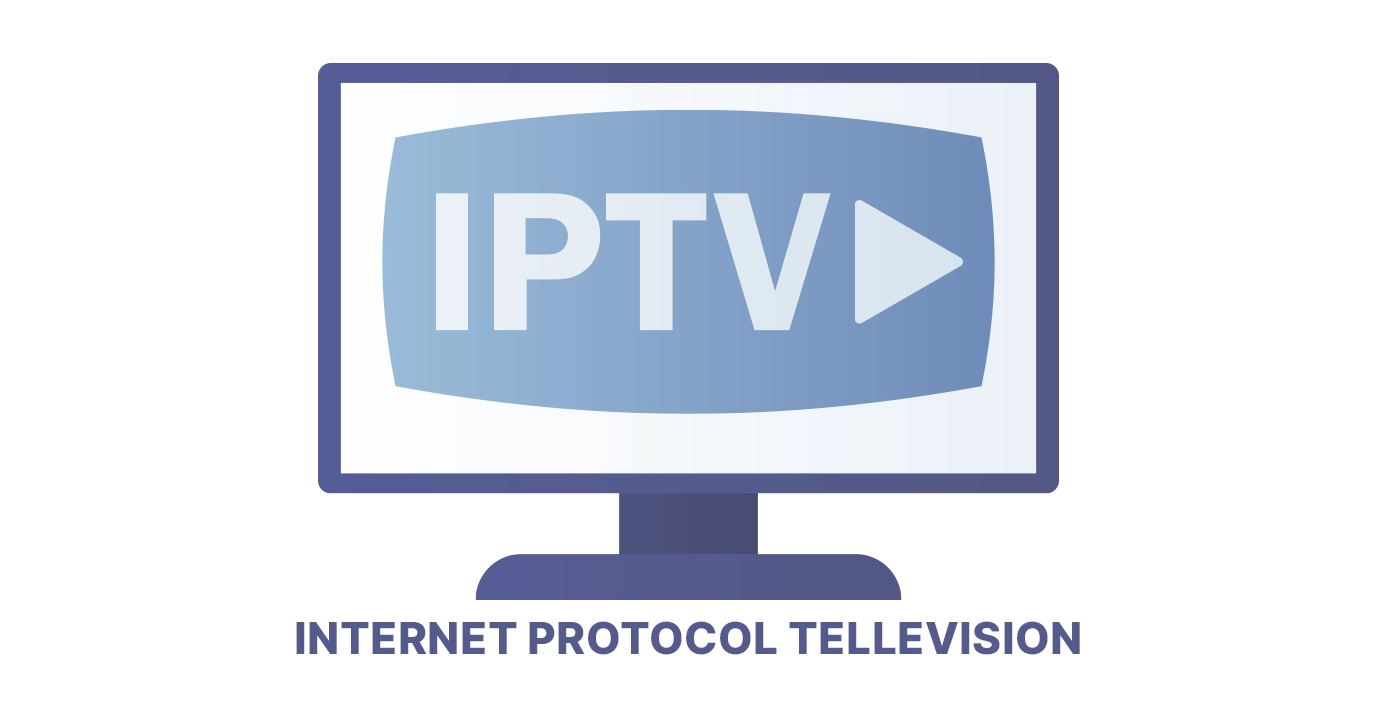
What is IPTV?
IPTV stands for Internet Protocol Television, which is a digital television broadcasting protocol that uses internet networks to transmit television content. Unlike traditional methods of broadcasting, such as cable or satellite, IPTV delivers television programs and other video content over an IP network, such as the internet.
With IPTV, viewers can access a wide range of television channels, on-demand content, and interactive features through an internet connection. This technology allows for greater flexibility and convenience, as viewers can watch their favorite shows and movies on various devices, including smart TVs, smartphones, tablets, and computers.
How Does IPTV Business Work?
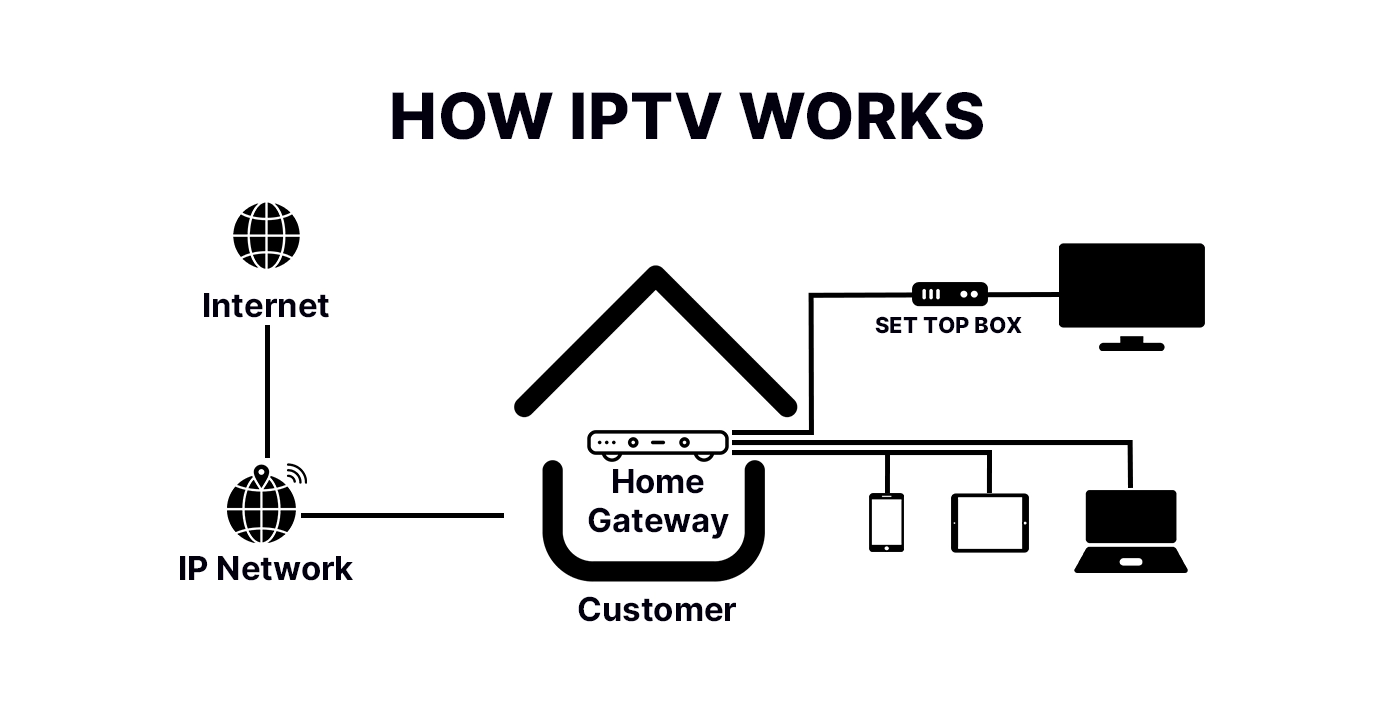
Before knowing about how to start an IPTV business, we must explore how it works. IPTV business works by encoding video and audio streams into IP packets and then transmitting them over the network. Viewers receive these packets and use an IPTV player or set-top box to decode and display the content on their screens. The content can be streamed in real-time, providing a seamless viewing experience like traditional broadcast television.
Here is a simplified breakdown of how IPTV business works:
Content Preparation:
The first step in the IPTV process involves the preparation of television content. This includes acquiring broadcasting rights and licenses for the channels or programs, encoding the content into digital formats suitable for transmission, and creating metadata and program guides to provide additional information to viewers.
Content Acquisition:
Once the content is prepared, it needs to be acquired by the IPTV service provider. This can be done through various means, including direct partnerships with broadcasters, content aggregators, or content distribution networks (CDNs). The IPTV service provider negotiates and establishes agreements to obtain the necessary content for their service. However, content acquired by the service providers must be valid and licensed.
IPTV streaming platform:
The IPTV business must choose a platform, which is a cloud-based streaming platform that manages and controls the IPTV system. It handles various functions, such as user authentication, content management, channel lineup, interactive features, and electronic program guides (EPG). The platform acts as the bridge between the content delivery system and the user interface on the viewer’s device.

Encoding and Compression:
Before transmission, the television content is encoded and compressed into IP-friendly formats. This process involves converting the audio and video streams into digital data packets that can be transmitted over the IP network efficiently. Compression techniques, such as MPEG (Moving Picture Experts Group), are commonly used to reduce the file size and bandwidth requirements without significant loss in quality.
Content Delivery:
Once the content is prepared, encoded, and managed through the streaming platform, it is ready for delivery to the viewers. The IPTV service provider establishes a network infrastructure that supports the distribution of the content to end-users. This infrastructure may include servers, CDNs, streaming protocols, and other network components that ensure efficient and reliable content delivery.
User Experience:
Viewers access the best IPTV services through various devices, such as smart TVs, smartphones, tablets, or dedicated set-top boxes. They use an IPTV player or application to connect to the service, browse through the available channels and content, and initiate playback. The user interface provides a seamless and interactive experience, allowing viewers to navigate, search, and customize their viewing preferences.
Streaming and Decoding:
When a viewer selects a channel or content, the IPTV player sends a request to the IPTV server to start streaming the desired content. The server responds by sending the encoded video and audio data packets over the IP network. The viewer’s device receives these packets and uses the IPTV player to decode and display the content in real-time.
Types of IPTV services

Video on Demand (VOD):
Video on Demand allows users to select and watch video content at their convenience. Users can browse through a catalog of movies, TV shows, or other video content and choose what they want to watch. The content is stored on servers and can be accessed instantly, eliminating the need for downloading or physical media. Users have control over playback, such as pausing, rewinding, or fast-forwarding. VOD services are popular among viewers who prefer on-demand access to a wide range of content.
TV on Demand:
TV on Demand is like Video on Demand but specifically focuses on television programming. It allows users to watch TV shows on their own schedules, without having to follow a fixed broadcast schedule. Users can select their preferred TV series or episodes and watch them whenever they want. TV on Demand services often provide access to a library of TV shows, allowing users to catch up on missed episodes or binge-watch their favorite series.
Near Video on Demand (NVOD):
Near Video on Demand is a slightly different approach that offers scheduled playback of content. Instead of providing instant access to individual videos, NVOD involves pre-determined start times for specific programs or movies. Users can choose from a limited selection of content, and once they select a program, it will start playing at the next available scheduled time. This type of service is commonly used for popular movies or events where simultaneous access is required but without the need for individual instant access.
Live Broadcast:
Live Broadcast refers to the streaming of real-time content as it happens. IPTV business offers live broadcast stream television channels, sports events, news broadcasts, and other live content to subscribers. Users can tune in to their favorite channels or events and watch them as they unfold in real-time. Live Broadcast provides a similar experience to traditional broadcast television, but with the added convenience of being able to access the content on various devices and from different locations.
Business Models Available For IPTV Services
Subscription-Based Model
In a subscription-based model, users pay a recurring fee, typically monthly or annually, to access a range of IPTV content. This model provides a steady and predictable revenue stream for the platform owner.
Advantages:
- ✅Predictable Revenue: Regular subscription fees provide a stable income.
- ✅Customer Loyalty: Subscribers are likely to remain loyal due to the recurring nature of the payment.
- ✅ Content Variety: You can offer a wide range of content, enhancing the appeal for subscribers.
Pay-Per-View Model
In the pay-per-view (PPV) model, users pay for individual pieces of content, such as a movie or a live event. This model is commonly used for special events like sports matches, concerts, or new movie releases.
Advantages:
- ✅High Margins: Higher pricing for exclusive content can lead to significant profits.
- ✅Flexibility: Users pay only for the content they want to watch.
- ✅Event-Based Revenue: Can capitalize on high-demand events.
Ad-Supported Model
In the ad-supported model, users can access content for free or at a reduced cost in exchange for viewing advertisements. Revenue is generated through ad placements before, during, or after the content.
Advantages:
- ✅Wider Audience: Free access attracts a larger audience.
- ✅Advertising Revenue: Can be lucrative if the platform has a large user base.
- ✅Content Accessibility: Lower entry barrier for users compared to subscription-based services.
Technical Requirements for Running a Successful IPTV Business
What are the technical requirements to start an IPTV business? Let’s go through them below:
Servers
Servers are the backbone of an IPTV business, responsible for storing and delivering video content. High-performance servers ensure smooth streaming and can handle multiple concurrent users. Scalability and redundancy are crucial to prevent downtime and manage traffic spikes.
Streaming Protocols
Streaming protocols are used to deliver video content over the internet. Common protocols include:
- HTTP Live Streaming (HLS): Adaptive bitrate streaming developed by Apple.
- Dynamic Adaptive Streaming over HTTP (DASH): An international standard for streaming multimedia content.
- Real-Time Messaging Protocol (RTMP): Initially developed for Adobe Flash Player, still used for live streaming.
Encryption
Encryption ensures that the content is secure and protected from unauthorized access. Techniques like HTTPS, AES (Advanced Encryption Standard), and secure token-based authentication are commonly used to safeguard data.
Content Delivery Networks (CDNs)
CDNs distribute content to servers located closer to end-users, reducing latency, and improving streaming quality. They help handle large amounts of traffic and provide faster delivery of content by caching it at various locations around the world.
Encoding and Transcoding
Encoding converts raw video files into digital formats for streaming, while transcoding modifies these formats to suit different devices and bandwidth conditions. Efficient encoding and transcoding ensure compatibility and optimal performance across various platforms.
Digital Rights Management (DRM)
DRM protects copyrighted content from piracy and unauthorized use. Systems like Google Widevine, Apple FairPlay, and Microsoft PlayReady control access and enforce usage policies, ensuring content providers can securely monetize their offerings.
Efficient Customer Support Channels You can provide To Your End Users
Live Chat
Live chat is cost-effective as it reduces the need for extensive phone support and helps streamline the customer service process. It also offers a valuable data collection opportunity, gathering customer information and chat transcripts for further analysis and improvement of support strategies.
Email Support
Email support is another crucial channel, offering a flexible and reliable way for customers to get help. It creates a documented paper trail of communications, which is useful for both the customer and the support team. Customers can send inquiries at any time, and the support team can respond during working hours with detailed, well-thought-out replies.
Ticketing Systems
Ticketing systems are vital for organizing and managing customer inquiries. They keep track of all customer issues and their current statuses, ensuring nothing falls through the cracks. These systems allow support teams to prioritize and manage cases efficiently, helping them address urgent matters promptly.
Integrating live chat, email support, and ticketing systems creates a comprehensive customer support strategy. This approach ensures businesses provide efficient, responsive, and organized assistance, ultimately leading to higher customer satisfaction and loyalty.
Compatibility of IPTV Services With Various Devices
IPTV (Internet Protocol Television) services have become increasingly popular due to their flexibility and extensive content offerings.
IPTV services are compatible with various devices such as:
1. Smart TVs
Most modern smart TVs are designed to work seamlessly with IPTV services. They typically have built-in apps or the ability to download apps from their respective app stores. Here’s how IPTV works with popular smart TV brands:
Samsung Smart TVs: Often use the Tizen OS and support IPTV apps like Smart IPTV, IPTV Smarters, and SS IPTV.
LG Smart TVs: Use the webOS platform and support similar apps, such as Smart IPTV and SS IPTV.
Sony Smart TVs: Operate on Android TV, providing access to a wide range of IPTV apps available on the Google Play Store.
Other Brands: Brands like Panasonic, Hisense, and TCL also support IPTV through their respective platforms or Android TV.
2. Set-Top Boxes
Set-top boxes are dedicated devices that can turn any TV into a smart TV, supporting IPTV services through apps or built-in functionality.
Android TV Boxes: These devices run on the Android operating system, allowing users to install any IPTV app from the Google Play Store.
Apple TV: Uses the tvOS platform and supports various IPTV apps like IPTV Smarters and GSE Smart IPTV.
Amazon Fire TV: Fire TV devices support IPTV apps like Perfect Player, IPTV Smarters, and TiviMate.
MAG Boxes: Specifically designed for IPTV, MAG boxes offer a highly integrated experience with support for multiple IPTV service providers and advanced features.
3. Smartphones
Smartphones are highly compatible with IPTV services, providing the flexibility to watch TV on the go.
Android Smartphones: IPTV apps are widely available on the Google Play Store, including IPTV Smarters, Perfect Player, and TiviMate.
iOS Devices: iPhones and iPads can download IPTV apps from the App Store, such as GSE Smart IPTV, IPTV Smarters, and 247 IPTV.
4. Tablets
Tablets, like smartphones, offer excellent compatibility with IPTV services, providing a larger screen for a better viewing experience.
Android Tablets: Can use the same IPTV apps available for Android smartphones.
iPads: Support a variety of IPTV apps available on the App Store, ensuring a smooth viewing experience.
What is the Future of IPTV Business?
According to a report in 2023, the global IPTV (Internet Protocol Television) market was valued at USD 68.78 billion. It is expected to grow from USD 79.86 billion in 2024 to USD 276.38 billion by 2032, with a projected CAGR of 16.8% during this period. Thus, it is the right time for you to start an IPTV business!
The future of the IPTV business holds several exciting possibilities. Here are some potential developments that may shape the future of IPTV:
Increased Personalization
IPTV services are likely to become more personalized, tailoring content recommendations and user interfaces to individual preferences. Advanced algorithms and machine learning techniques can analyze user behavior, viewing history, and preferences to offer personalized content suggestions. This could enhance the user experience and help users discover new content based on their interests.
Integration with Internet of Things (IoT)
As the IoT ecosystem expands, IPTV businesses may integrate with connected devices in smart homes. This integration could allow end-users to control their IPTV service through voice commands or smart devices, enabling a seamless entertainment experience. For example, users might use their smart speakers or voice-controlled assistants to browse and select content or adjust settings on their IPTV devices.
Enhanced Interactivity
The IPTV business could offer more interactive features, allowing viewers to actively participate in the content they are watching. For example, viewers might be able to vote or provide feedback during live broadcasts or participate in real-time polls related to the content. Enhanced interactivity can create a more engaging and immersive experience for users, blurring the lines between traditional broadcasting and interactive media.
Integration of Augmented Reality (AR) and Virtual Reality (VR)
The integration of AR and VR technologies with IPTV business could revolutionize the way users consume content. IPTV platforms might offer virtual reality experiences, allowing users to watch movies or sports events in a virtual cinema or stadium setting. Augmented reality could provide additional information or immersive elements overlaid on the user’s real-world environment while watching content.
How to Start IPTV Business?
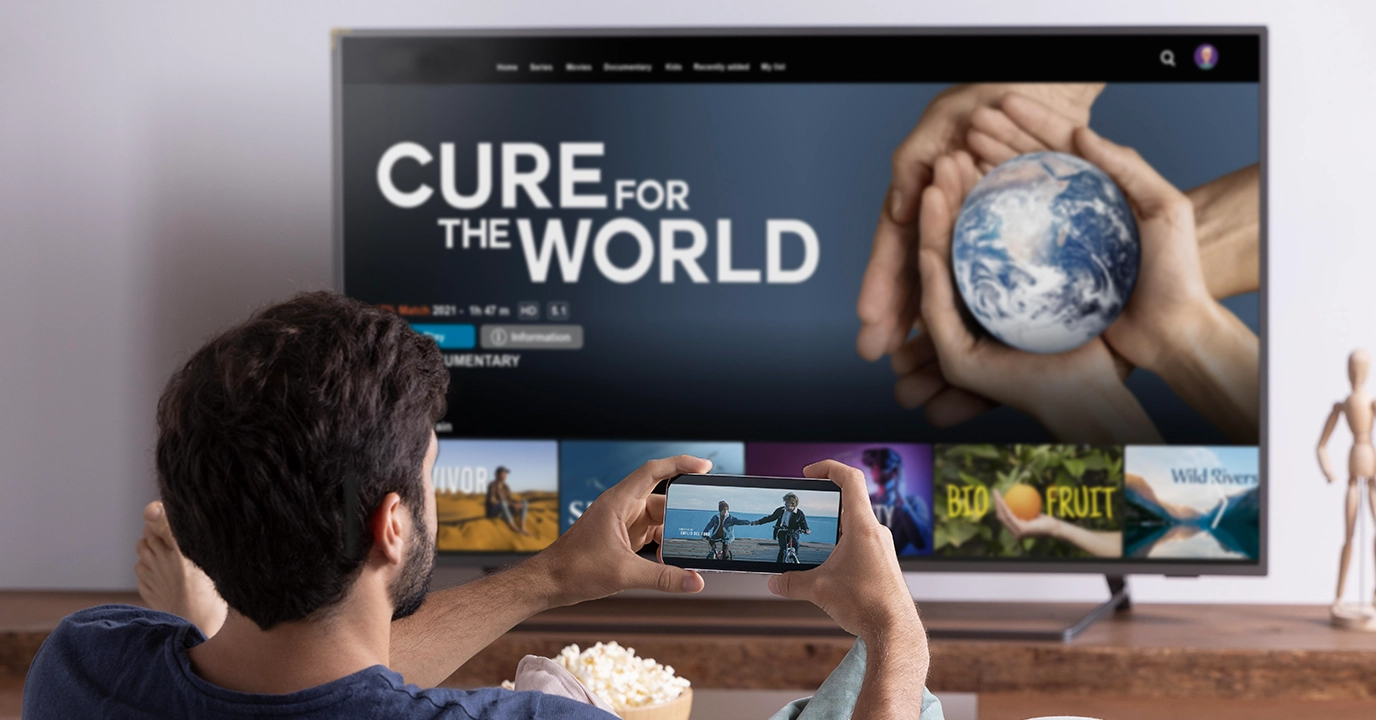
To start an IPTV business several key steps are involved. Here’s a detailed breakdown of each stage:
Market Research and Planning:
✅Conduct market research to understand the target audience, competition, and demand for IPTV services in your target region.
✅Identify niche markets or specific content preferences that can differentiate your service.
✅Develop a comprehensive business plan outlining your goals, strategies, and financial projections.
Content Acquisition and Licensing:
✅Acquire a diverse and appealing content library by securing licensing agreements with content providers, production companies, and broadcasters.
✅Negotiate licensing terms and ensure compliance with copyright laws and regulations.
✅Consider offering a mix of popular movies, TV shows, live sports, news channels, and original content to cater to a wide range of viewer preferences.
Choose an Appropriate Streaming Platform and CDN:
✅Select a robust and scalable streaming platform that supports IPTV services, with features like content management, user management, and analytics.
✅Choose a reliable Content Delivery Network (CDN) to ensure smooth and high-quality video streaming across different devices and locations.
Designing an Intuitive and User-Friendly Interface:
✅Invest in designing an attractive and intuitive user interface (UI) for your IPTV business.
✅Focus on ease of navigation, content discovery, and customization options for users.
✅Ensure compatibility with various devices such as smart TVs, set-top boxes, mobile devices, and web browsers.
Determine the Pricing Model:
✅Define your pricing strategy based on factors such as content costs, market competition, and target audience affordability.
✅Consider offering different subscription plans, including tiered packages or a la carte options.
✅Provide flexible payment options, such as monthly, quarterly, or annual subscriptions.
Test and Launch:
✅Conduct thorough testing of your own IPTV service across different devices, networks, and user scenarios to identify and fix any technical issues or performance bottlenecks.
✅Consider offering a limited beta release to gather feedback from early users and make necessary improvements.
✅Once confident in the stability and quality of your service, officially launch it to the public.
Marketing Strategies:
✅Create promotional videos or trailers showcasing the unique features, content offerings, and user experience of your IPTV business.
✅Leverage social media platforms and online communities to engage with potential customers and build brand awareness.
✅Launch targeted advertising campaigns through online channels, including search engine marketing, social media ads, and display advertising.
✅Collaborate with influencers or popular content creators to promote your service and reach their audiences.
✅Implement effective search engine optimization (SEO) strategies to ensure your IPTV business appears prominently in search results.
If you’re looking for the top IPTV services, check out this informative blog post:Read more Key Features of IPTV Service to Look For Before Getting Started
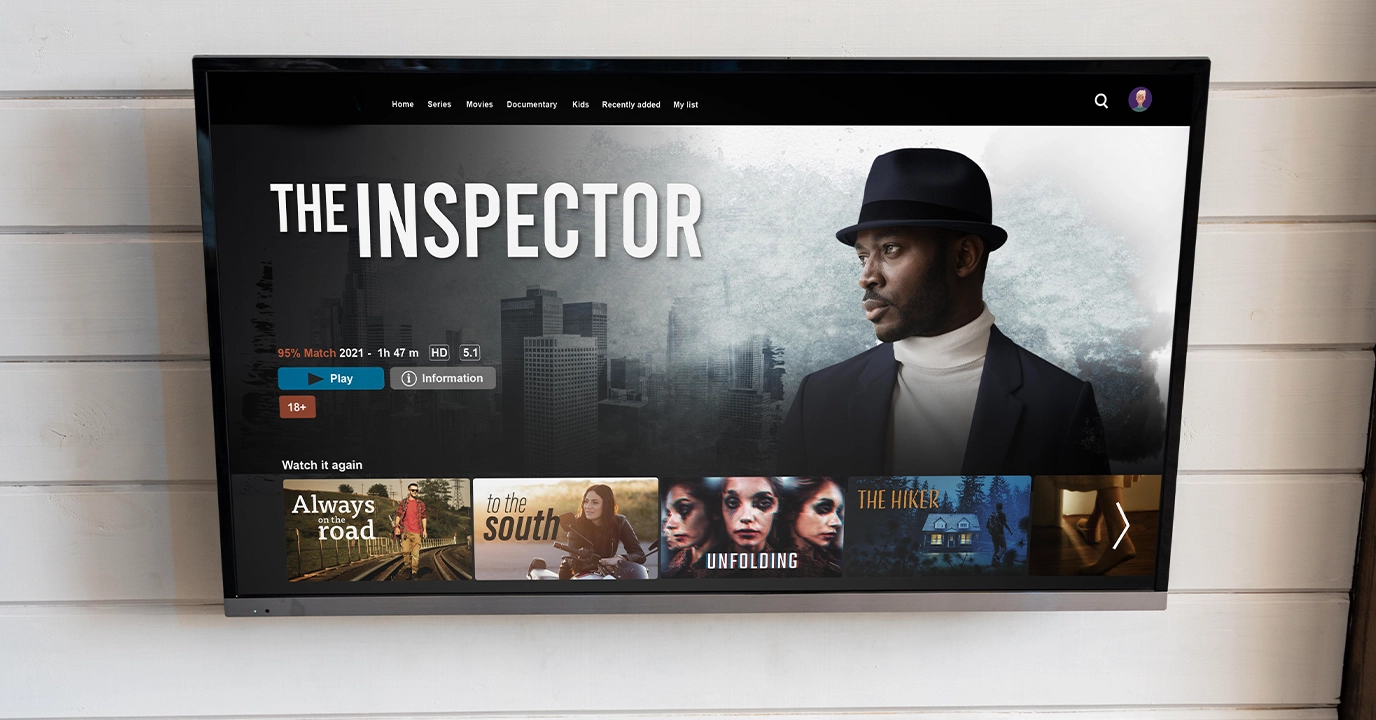
Customization: The platform must allow you to completely customize your platform, the way you like it, from basic colors to complete look and feel, from minor tweaks to requesting new features, from integration with 3rd party tools to deep rooted API and SDK integrations
Multi-device Support: Platform should support multiple devices such as smartphones, tablets, smart TVs, and computers. This feature enables end-users to access their favorite content across different devices, giving them the flexibility to watch their preferred shows anytime, anywhere.
Content Library: A content library is a collection of playlists that play in sequential order and is an excellent method to group together multiple content that complement one another and contribute to the telling of a broader story.
Video-on-Demand (VOD): VOD allows end-users to access a library of pre-recorded videos and watch them at their convenience. It provides a vast collection of movies, TV shows, and other content that users can choose from and watch whenever they want. A robust VOD feature ensures a rich and on-demand viewing experience.
Electronic Program Guide (EPG): EPG is a digital guide that displays the schedule and details of TV programs available on different channels. It helps end-users navigate through the available content, view program descriptions, and set reminders for their favorite shows. An intuitive and user-friendly EPG enhances the overall user experience.
Pause and Play: The pause and play feature allows end-users to pause live TV shows or recorded content and resume watching from where they left off. This feature is particularly useful when interruptions occur or when users want to take a break and then continue watching without missing any part of the program.
Multi-Screen Support: Multi-screen support enables end-users to stream content on multiple screens simultaneously. It allows users to watch different programs on different devices or share the same content with family members across multiple screens. This feature enhances flexibility and convenience for households with multiple viewers.
High-Quality Streaming: IPTV business should offer high-quality streaming with minimal buffering and interruptions. The service should be able to adapt to varying internet speeds and deliver content in HD or even 4K resolution, ensuring a seamless and immersive viewing experience.
Multiple Payment Options: The platform must provide multiple payment options for subscription plans, including credit cards, PayPal, or other online payment methods. This flexibility allows end-users to choose a payment method that is convenient and secure for them.
Analytics and Reports: Analytics and reporting tools provide valuable insights such as user behavior, content popularity, and viewing patterns. This information helps in improving content offerings, optimizing bandwidth usage, and delivering a better user experience based on data-driven decisions.
Robust Security: IPTV services should prioritize user data security and content protection. Robust security measures, such as content encryption, watermarking, DRM protection, secure user authentication, and protection against piracy and unauthorized access, are crucial for ensuring user privacy and preventing content theft.
Why Should You Start an IPTV Business?
Let’s go through several important reasons to start IPTV business:
- Vast Content Selection: IPTV Service provides access to a wide range of channels and content from around the world, offering your end-users a diverse selection of movies, shows, sports, and more.
- Flexibility and Convenience: IPTV service allows your end-users to watch their favorite programs at their convenience, whether it’s live TV or on-demand content, giving them the flexibility to choose what and when to watch.
- On-Demand Viewing: End-users can also access on-demand libraries that allow them to watch movies, TV series, and other content whenever they want, eliminating the need to adhere to fixed broadcasting schedules.
- High-Quality Streaming: IPTV platform offers high-quality streaming, delivering crisp and clear audio and video, providing an immersive viewing experience.
- Interactive Features: IPTV channels often include interactive features like program guides, recommendations, and interactive applications, enhancing your entertainment experience and making it more engaging.
Conclusion
With the advancements in technology and the increasing demand for on-demand and personalized entertainment, launching an IPTV business model holds tremendous potential for growth and success.
Hope this above blog was helpful for you and will guide you to start IPTV business successfully.
If you are planning to start IPTV business, choosing Muvi One as your streaming partner would be the right choice.
With Muvi One, you can launch your own IPTV service along with mobile and TV apps and generate revenue from your content. Best of all, you don’t require any hardware to start IPTV business. You can offer both on-demand and live streaming content to your audience through your IPTV platform. Muvi One delivers both types of content across devices and platforms, and your audience will be able to stream the content of their choice.
Design and customize your IPTV platform with Muvi’s templates and increase the viewer experience of your platform. Start a free trial to know more about Muvi One’s features!

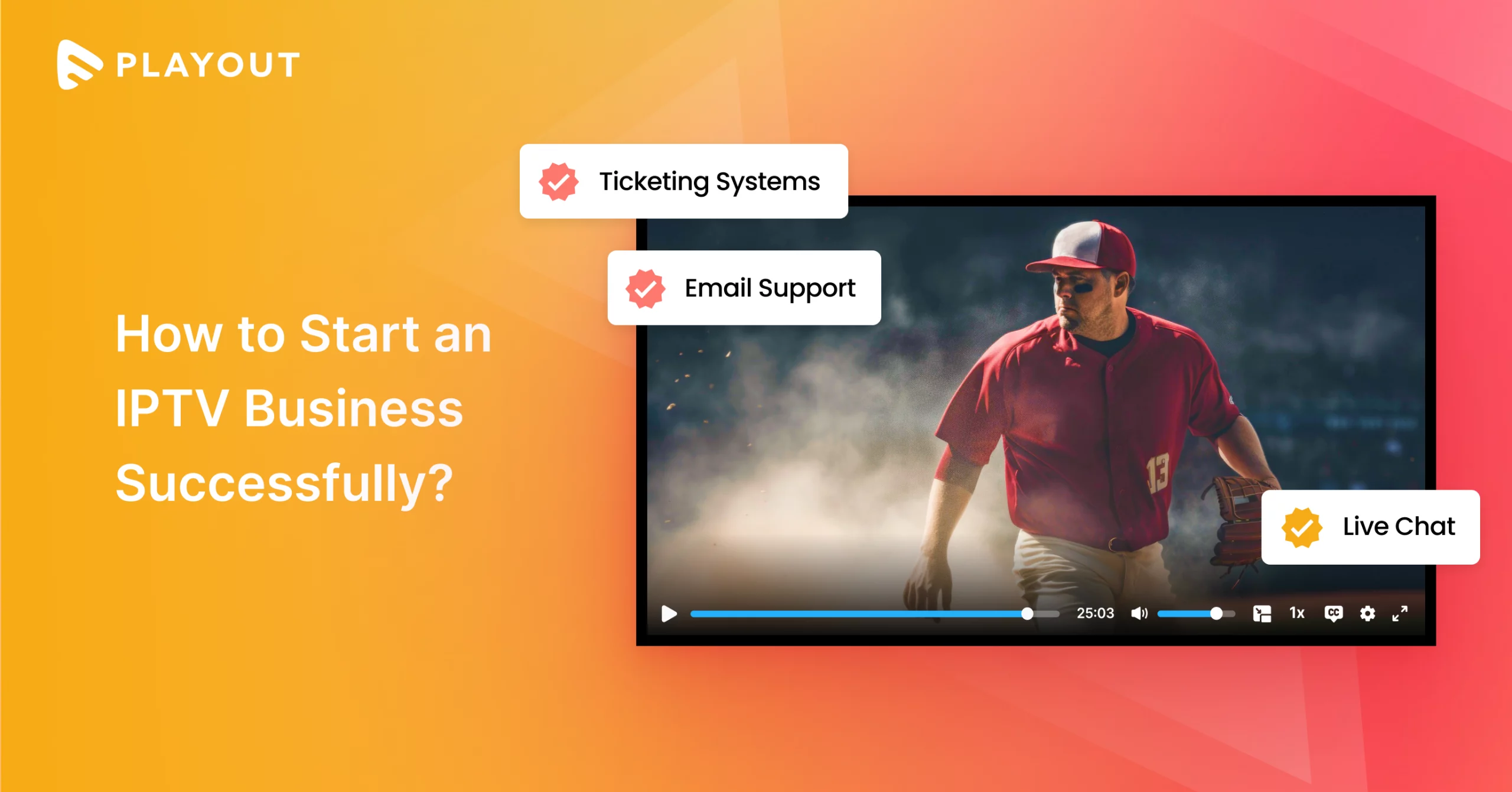















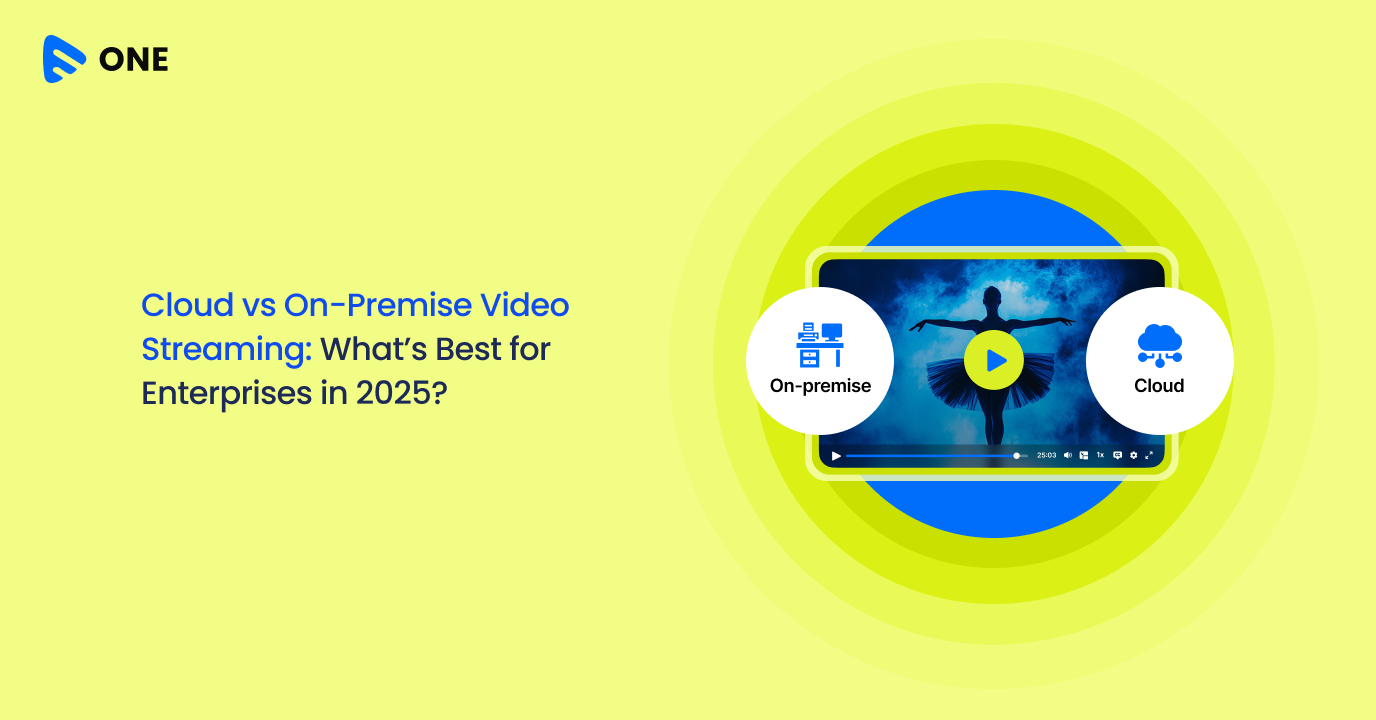





Add your comment